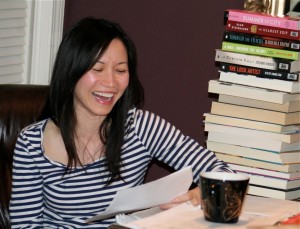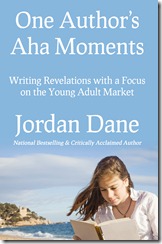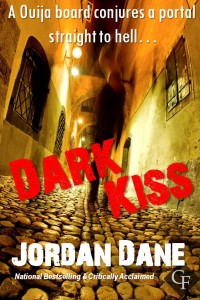By Jordan Dane
I had the pleasure of working with Elyse Dinh-McCrillis (The Edit Ninja) on my short story anthology – Sex, Death and Moist Towelettes – and hope to send her more full-length novels. She came recommended from another thriller author – Brett Battles – so I owe him a beer. She is guest posting her thoughts on the patterns of authors. Enjoy!
Patterns in Writing
When Jordan approached me about a guest post, I decided to write about the patterns I’ve noticed in my clients’—and other authors’—work. These aren’t errors, but habitual things writers do that make their writing predictable. Most of my clients are surprised when I point them out, so it’s become clear these things happen unconsciously.
I’m not talking about a signature. One of Elmore Leonard’s signatures, for example, is his hip dialogue, with specific rhythms you can almost hear while reading. But the dialogue isn’t repetitive. I’d like to discuss things that show up repeatedly, and could potentially distract readers.
Here are some of the most common patterns I’ve seen, in everything from manuscripts by first-time authors, to finished novels by Pulitzer-nominated writers.
I was a beta reader for a friend and noticed he described many things in his novel as “dank”—basement, room, weather, smell, even mood. I suggested he substitute a few synonyms. He did a search and said, “I found only thirteen mentions in the whole ms. That’s not a lot!” I asked, “But how close were they together?” He admitted that in one instance, the word showed up twice in three pages. Astute readers would notice that.
In this one book I read, whenever the women were nervous, they bit their lower lips, and when the men experienced stress, they ran their hands through their hair. I started counting the number of times this happened, and could see it coming if characters started feeling stressed or anxious. I got so caught up in the counting, I lost track of what was going on in the plot.
Many writers fall into a rhythm as they write, which sometimes results in the same kind of sentence over and over: always starting or ending with a participial phrase, starting or ending a line of dialogue with a direct address, too much passive voice, multiple run-ons in the same paragraph, three short sentences in a row. (“He looks. He listens. He waits.”) All those stylistic choices are fine, but when one occurs too often, the writing becomes routine. Mix up the kinds and lengths of sentences, use them in different order, keep readers on their toes.
Sometimes writers get tied to one kind of speech pattern. I recently read a book by a well-known author in which many characters would eliminate the first words in questions: “That him?” “Help you?” “Hell you talking about?” It’s fine if one character talks like that, but I think a little old lady might say, “Is that him?”
In a novel I edited, there were characters named Linda, Lita, Lynn, Lila, Laura, Leslie, Lori (they were not related). I have a good guess as to what letter might be on the author’s monogrammed towels. In another ms, several of the names rhymed: Boris, Norris, Morris, Doris, Dolores. The thriller read like poetry.
This one book I read averaged one italicized sentence for every two paragraphs. So many things were important. The italics soon became mundane, which defeated their purpose.




